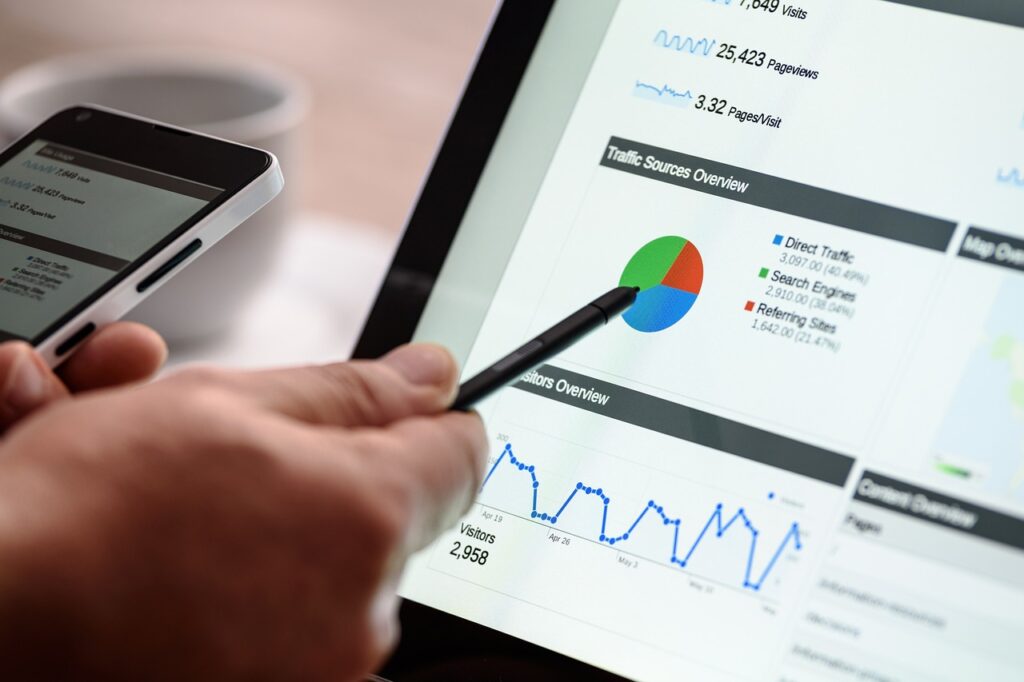Optimizing Sales Efficiency: A Strategic Guide to Data and Strategy
In the fast-paced landscape of sales, where every interaction is a crucial opportunity, businesses must continually seek ways to enhance efficiency and maximize the impact of their efforts. One key avenue to achieve this is through a strategic integration of data and thoughtful planning. In this article, we will explore the intricacies of increasing sales efficiency, delving into the importance of data-driven insights and strategic approaches.
1. The Foundation: Marketing Due Diligence
The journey to increased sales efficiency begins with a solid foundation: marketing due diligence. Before engaging with potential customers, businesses need a comprehensive understanding of their market, competitors, and target audience. This involves thorough research and analysis, tapping into data sources to uncover trends, preferences, and pain points within the target market.
2. Metrics for Success: Assessing Performance and Potential
Metrics play a pivotal role in evaluating the effectiveness of sales efforts. Businesses must identify and track key performance indicators (KPIs) that align with their sales objectives. These may include conversion rates, customer acquisition costs, and customer lifetime value. By regularly assessing these metrics, teams can gain valuable insights into what is working well and areas that require optimization.
3. Addressing Inefficiencies: Common Areas and Solutions
Identifying and addressing inefficiencies is a critical step in streamlining the sales process. Common areas of inefficiency may include prolonged sales cycles, misalignment between marketing and sales teams, or inadequate use of customer relationship management (CRM) systems. By pinpointing these challenges, businesses can develop targeted strategies to address inefficiencies and optimize the overall sales workflow.
4. Leveraging Technology: The Role of Automation and AI
In the era of digital transformation, technology plays a pivotal role in enhancing sales efficiency. Automation tools and artificial intelligence (AI) can streamline repetitive tasks, allowing sales teams to focus on high-value activities such as relationship-building and personalized engagement. By leveraging technology, businesses can reduce manual workload, minimize errors, and enhance overall productivity.
**5. Data-Driven Personalization: Tailoring the Approach
Personalization is a key driver of successful sales interactions. Utilizing data to understand customer preferences, behaviors, and pain points enables businesses to tailor their approach. This may involve personalized communication, targeted offers, or customized solutions. The more tailored the approach, the higher the likelihood of resonating with the prospect and closing the deal.
**6. Continuous Improvement: A Culture of Adaptability
Increasing sales efficiency is not a one-time endeavor; it requires a culture of continuous improvement. Regularly review and analyze sales processes, seek feedback from the sales team, and stay abreast of industry trends. Embrace an adaptable mindset that allows for adjustments based on evolving market dynamics and customer needs.




